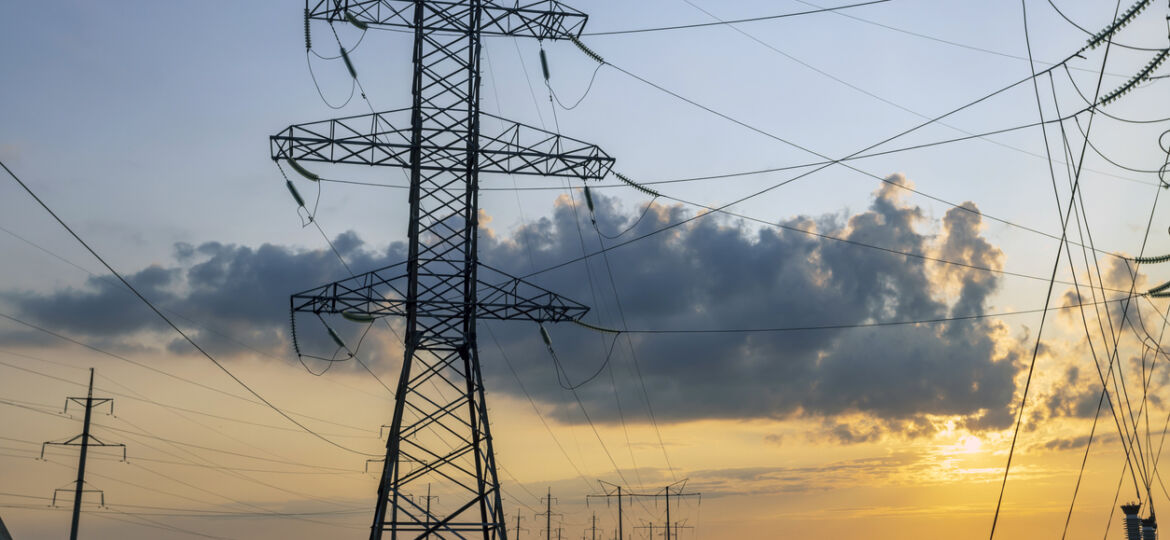
Risk modeling is crucial for electric utility operations, ensuring community safety and reliable electricity. Continuous monitoring of power lines and infrastructure is essential to identifying potential risks. Manual modeling takes time and may miss crucial details.
Drones, however, offer a unique pack of advantages when it comes to electric utility monitoring and risk modeling. The data collected by camera drones can provide essential information to quickly identify potential risks with far greater efficiency and accuracy than human teams.
Let’s delve into the many benefits of using drones in electric utility risk modeling.
A Constant and Improved Observation View
First, drones that glide or hover have a superior vantage point for risk modeling, especially for power lines and towers where many of the most important details take place 20+ feet off the ground. Sending out drones on continuous scouting missions provides the advantage of an overhead view of power lines and utilities across the city. This enables more comprehensive, frequent, and clear visual inspections that can be utilized for risk modeling.
Monitoring Vegetation Growth Rates
Drones monitor vegetation growth, alerting utility companies to the potential risks of trees growing into power lines. By tracking growth rates, risk modeling helps determine when tree trimming is needed to prevent entanglement and mitigate greater risks.
AUGMENT Weather DATA
In a changing climate, drones can provide real-time data and visuals on weather patterns to help utility companies augment the valuable visual, barometric, and atmospheric data that they are receiving. This helps assess how the current season may impact utilities, including heat waves and approaching storms, enhancing risk modeling capabilities.
Thermal Imaging for Overheat Warnings
Drones equipped with thermal cameras have the ability to identify immediate risks by identifying where heat is building up. During routine flights, thermal imaging on drones can detect temperature variations indicating equipment overheating, electrical faults, or other heat-related hazards to nearby power infrastructure.
Scout for Recent Storm Damage
After a storm, downed and damaged power lines are a serious concern. This can result in both on-site dangers and power outages for affected homes and businesses. Drones are able to quickly fly over recently stormy areas and help electric utility companies recognize both current damage and high-risk areas. In terms of risk modeling, drones can spot places where high winds have tangled lines, changed the location of tree branches, or dropped branches/trees/debris into power lines and other high-risk areas.
This kind of detailed observation can also help utility companies prepare for future storm responses more effectively.
Fast, Agile, and Autonomous Data Collection
Fast, agile, and airborne, drones are ideal for data collection in monitoring power line safety and risk modeling. They eliminate the need for human climbers and can operate autonomously, conducting detailed inspections and routine flights for accurate risk modeling data.
Both fixed-wing and quad-copter drones have a great deal of functionality in the electric utility sector, increasing efficiency and accuracy while decreasing the cost of risk modeling. For more about drones in a safety inspection capacity, contact us today.

